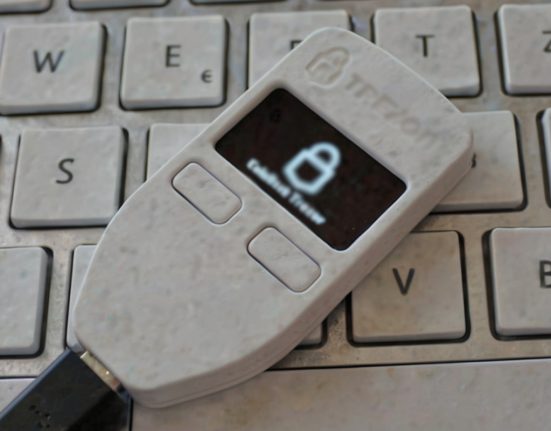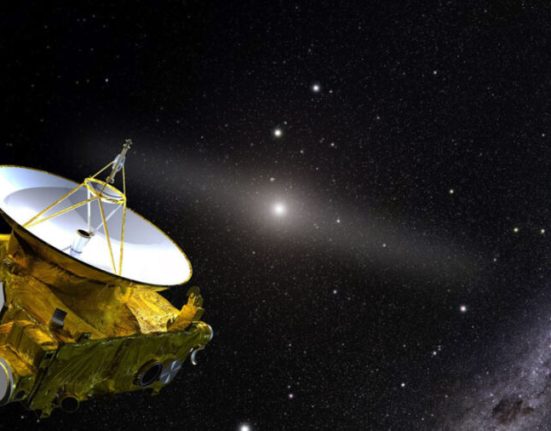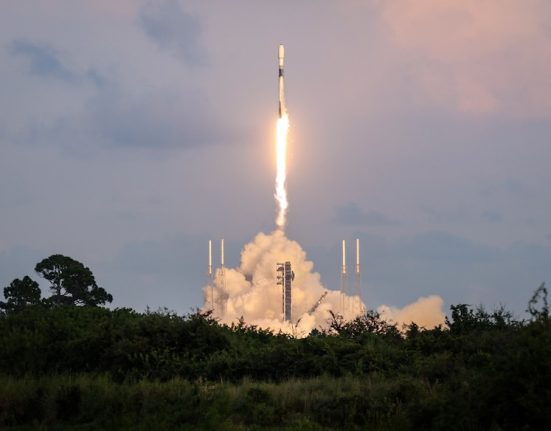Near-Earth space is an orbiting garbage dump full of space debris. Floating around in it are all kinds of objects, from old rocket components and pieces of unusable satellites to cameras and tools. None of this serves any useful purpose anymore, but it does pose a threat to other spacecraft. In fact, some missions have been damaged by this orbital debris, and the problem will only get worse as we launch more missions into space.
So it makes sense to remove existing space junk, but how do you do it? A Japanese company called Astroscale is working with the Japanese Aerospace Agency (JAXA) to figure it out.
On July 15 and 16, Astroscale maneuvered a demonstration satellite called ADRAS-J into place around its target. Its goal was to perform a “flyby observation” of the upper stage of a rocket that launched the Greenhouse Gas Observation Satellite (GOSAT) in 2009. ADRAS-J It was launched earlier this year. On a trajectory to chase space debris, ADRAS-J flew past the object in early July and obtained high-quality images of it. It also took data on the rocket engine's motion in space (including its orbital parameters) and assessed its health. The effort was a success, and the teams captured excellent images of the engine from all angles.

The maneuvers that ADRAS-J performed are technically challenging and require precise control of the ADRAS-J module's guidance. Fortunately, the target object was fairly easy to approach and move around. In orbital maneuvers like this, it is important to control the relative position and attitude of the service unit (ADRAS-J). This control allows it to move around the object and focus on specific parts for further work. The rocket engine was quite stable. However, not all space debris is as stable as the rocket engine chosen for this experiment.
Challenges of working with space debris
Given the sheer amount of space junk out there, not all of it will be easy to capture. Future “cleanup efforts” could include so-called “non-cooperative targets,” whose movements are more chaotic or dangerous to approach. Those could be a big challenge. Therefore, it’s important to have the detailed shape and surface reflectance of the actual target object. For most pieces of space junk, that information isn’t readily available.
For example, it is also useful to know the changing visibility of the target object and the influence of light reflected by the Earth, which disturbs the navigation sensor (the so-called ground background problem in non-cooperative relative navigation). These factors increase the complexity of the mission. This is because the servicing spacecraft must overcome such challenges for relative navigation while at the same time achieving highly accurate six-degree-of-freedom relative control around the target.
The ADRAS-J mission is part of JAXA’s “Commercial Debris Removal Demonstration” initiative to acquire and test debris removal in space. If successful, it should help free up space for future missions leaving Earth. Astroscale Japan, Inc. will continue to operate ADRAS-J and conduct “Astroscale missions” to further test the hardware and maneuvering capabilities.
The next step will be to carry out a “mission termination service,” which involves transferring a piece of space debris into a safe orbit. This will be done in cooperation with JAXA, which has already provided extensive technical advice, test facilities and other support activities for the development and operation of ADRAS-J.
Why clean up space junk?
Tens of thousands of man-made objects orbit the Earth. That includes more than 5,000 operational satellites, plus space stations, Starlinks and other objects launched into orbit since the late 1950s. Eventually, as the old saying goes, “what goes up must come down.” In fact, some of them return to Earth, which also poses a safety issue.
In the case of dead rocket engines and other non-functioning space debris, they will not only fall to Earth, but will also hamper the launch of spacecraft, including manned launches that carry astronauts to space stations, the Moon and beyond.
The danger isn't just that a collision will hurt someone in space or on Earth. Tiny bits of space junk can poke holes in solar panels and instruments. Bits of dust and flecks of paint and other materials literally “sand” spacecraft on the way up. The space shuttles showed plenty of this damage. All this space debris began littering our space lanes starting with the first launches in the late 1950s. The materials are tracked by the North American Aerospace Defense Command (NORAD), and its catalogs include details of all the objects, including satellites, weapons, fairings, upper stages, cameras, tools, and other bits of satellite debris destroyed by collisions and other actions.
It makes sense to clean up junk that doesn’t fall back to Earth (and hopefully doesn’t burn up in the atmosphere). So JAXA and other agencies are proactively looking for ways to safely approach, capture, and store the debris (or deorbit it to vaporize, if possible). The first steps with ADRAS-J are proofs of concept that should lead to broader cleanup work and a safer near-Earth environment for future missions.
For more information
CRD2/ADRAS-J Phase I Update: Space Debris Observation Images Released
ESA: On space debris













Leave feedback about this